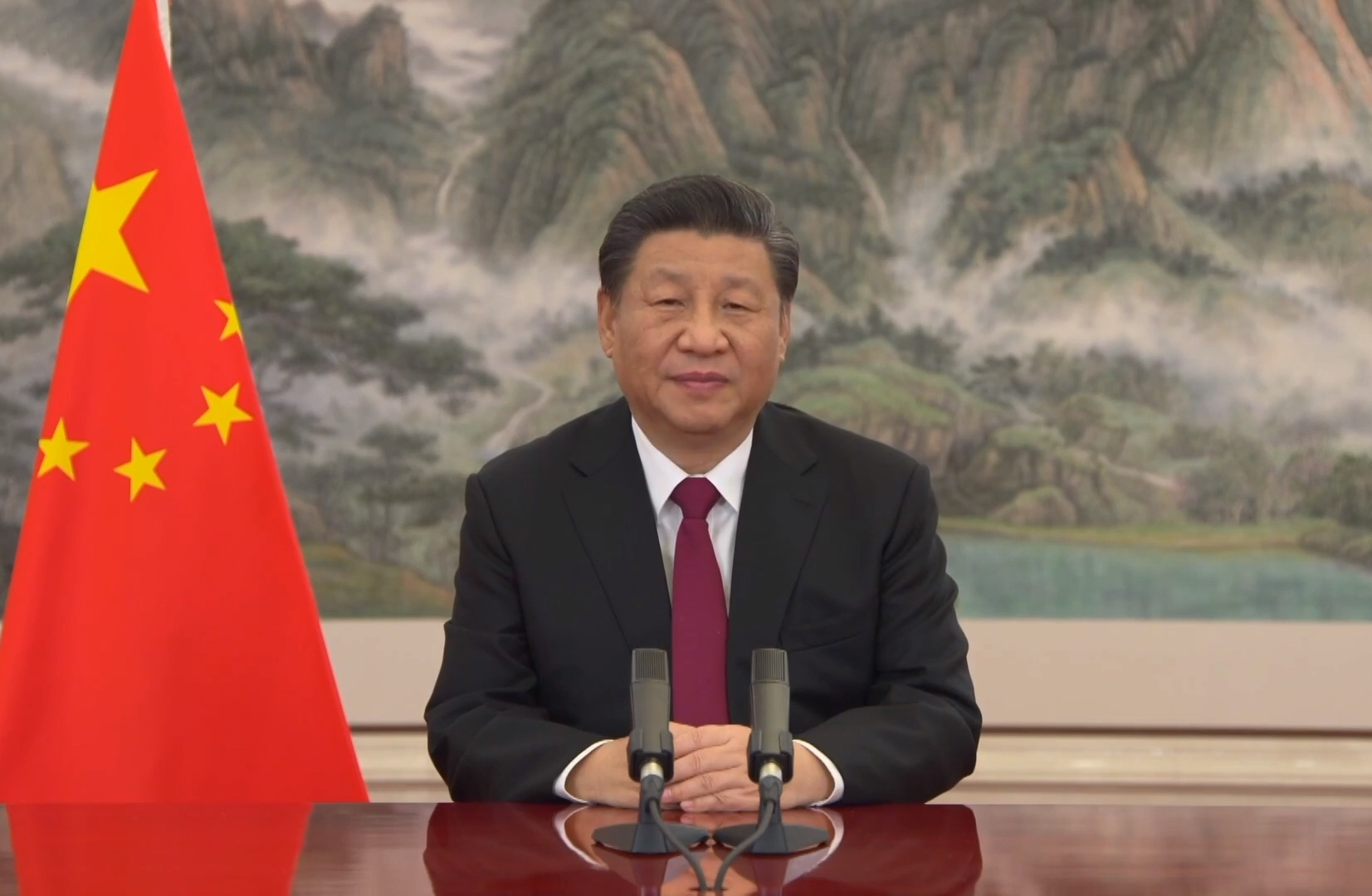Renewables and coal: this is how China’s energy transition is proceeding

Xi Jinping wants to boost China's green development. But the declared desire to reduce CO2 emissions collides with the challenges of economic growth and energy security. Le Monde article
At the end of the plenary session of the Chinese parliament, which met from 5 to 13 March, there are no longer any doubts that Xi Jinping has managed to concentrate all powers in the hands of a few loyalists and that China's green development is one of his priorities . We must "promote low-carbon and green economic and social development," the Chinese president said in his closing speech on March 13. Beijing's goals are clear – writes the Le Monde correspondent – to reach peak CO2 emissions by 2030 and carbon neutrality by 2060. But it is also clear that China is struggling to keep up with the trajectory.
In 2022, according to the report prepared by the National Development and Reform Commission and presented to the Parliament, CO2 emissions per unit of GDP decreased by 0.8%, but energy consumption per unit of GDP decreased only by 0.1%. These results are far from the five-year targets set for the reduction of energy intensity (-13.5% between 2020 and 2025) and carbon intensity (-18% in the energy sector), mainly because the priority remains the economic growth and energy security.
The document from the Development and Reform Commission highlights the installed capacity of renewable energy, which has exceeded the 1.2 billion kilowatt threshold, as well as the 6.9 million hybrid and electric vehicles sold in 2022, a figure that it jumped 93.4% compared to 2021. “Over the past eight years, China has led the world in the volume of production and sales of new energy vehicles,” the document reads. A quarter of vehicles on the road in China are now hybrid or electric.
Provincial objectives unattainable
For 2023, China has no shortage of ambition. “It will be necessary to accelerate the ecological transition of the development mode; deepen the fight against pollution; actively and prudently pursue our actions in terms of achieving peak CO2 emissions and carbon neutrality; apply a comprehensive economy strategy; coordinate industrial restructuring, pollution treatment, ecosystem protection and climate change control actions; synergistically advance the reduction of carbon emissions, the reduction of pollution, the promotion of green development and the maintenance of growth,” reads the report of the National Development and Reform Commission. But in the end only a numerical goal is indicated: to reduce "energy consumption per unit of GDP by about 2%".
This is not an easy goal to achieve: after three years of being discouraged from traveling within their country or abroad, the Chinese are clearly intent on catching up this year. If oil consumption returns to pre-Covid levels, experts have calculated a 1.4% increase in CO2 emissions. Similarly, the increase in renewable energies forecast for this year (+ 165 GW of solar and wind energy expected) is not necessarily sufficient to cover the increase in electricity consumption.
After power outages in the summer of 2021, caused by unattainable green targets set for the provinces, and then in the summer of 2022 due to an exceptional drought, coal has regained some credit with the authorities. For the first time since 2005, in 2022 coal consumption grew more than GDP (+3.3% against +3%). In his March 5 speech, outgoing premier Li Keqiang acknowledged that coal has played an essential role, both in guaranteeing production and in containing inflation. By 2022, “we have made full use of coal, which remains our main energy resource; the output of modern coal-fired power plants has been increased.” More support has been given to electricity producers and heat suppliers. As a result, we have managed to keep prices relatively low in China, which is a real challenge given the situation in the rest of the world,” the Prime Minister said.
Countering the US anti-inflation plan
For 2023, the government intends to pursue actions to reduce CO2 consumption “actively and carefully”. "We will have to rely on the energy resources that our country has, following the principle that "the old must be destroyed only when the new is ready to replace it", reads the text.
However, according to Natixis experts, the "green transition" will be one of the sectors financially supported by the government, together with advanced technologies and services for the elderly. “There will be aid for green energy, such as solar and wind. On EVs, China will phase out subsidies for vehicle purchases, which are expected to end in 2023 (…), but support for EV production and related battery supply chains will remain important to counter the 'impact of the US Inflation Reduction Act [an ambitious green industry subsidy program presented by Joe Biden in August 2022],” analysts at the French bank say.
(Excerpt from the press release of eprcommunication)
This is a machine translation from Italian language of a post published on Start Magazine at the URL https://www.startmag.it/energia/cina-transizione-energetica-piano-xi/ on Sat, 25 Mar 2023 06:02:46 +0000.
